Marcelo Krause: Pantanal
Marcelo Krause has spent quite a bit of time in the Pantanal, the world’s largest wetland. Although it has been very well documented and portrayed by books and magazines articles during theses last years, only a few of then, if any, showed the amazing beauty that lays beneath the water surface. I have been working for a few years in a book project called “Pantanal Terra e Agua” – Pantanal Land and Water.
The aim is to show not only the amazing wildlife on land but also the underwater world. This, of course, proved not to be an easy task. First, find a suitable place for diving with minimum water visibility was really hard. Many places have a very small time window for diving that depends entirely on the flood cycle. And then there are the difficulties related in getting diving gear (tanks and compressor) to the destinations.
From the underwater photographer’s perspective I think that what really sets Brazil apart is its freshwater system. There are many opportunities and places to photograph not only in Pantanal, but also in all of the countries 8 drainage basins.
For more of Marcelo Krause’s work, visit http://www.marcelokrause.com
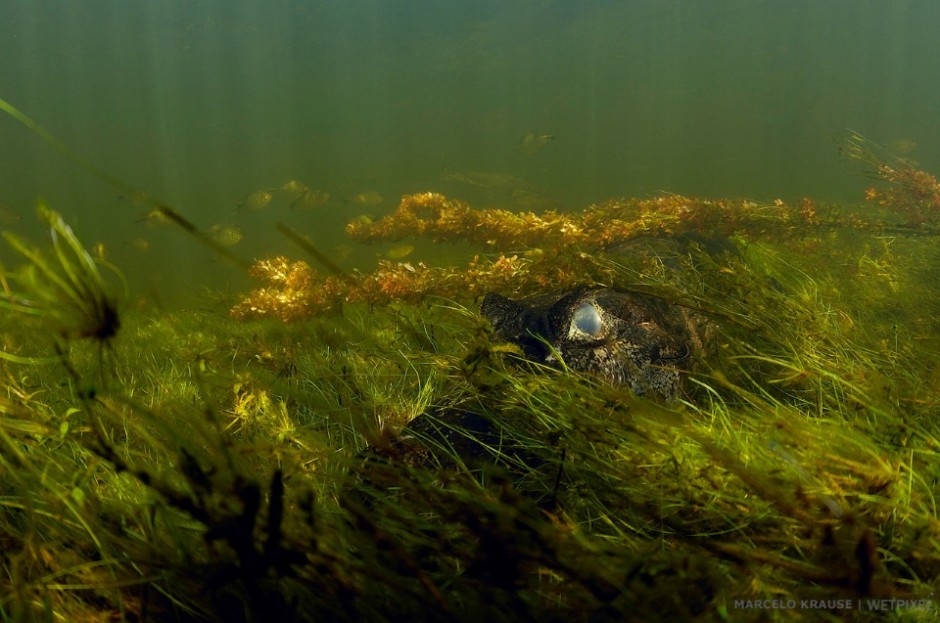
A Caiman yacare in the Pantanal.
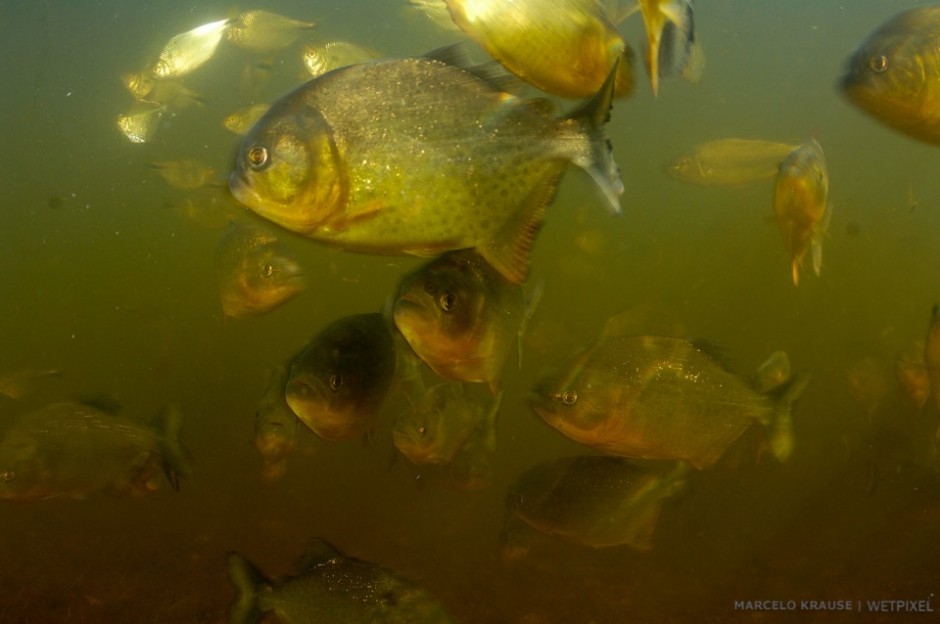
The legendary man-eating piranha (Pygocentrus nattereri). Although it can be dangerous and unpredictable in some situations, many locals dive and bathe in rivers where they occur without major incidents.
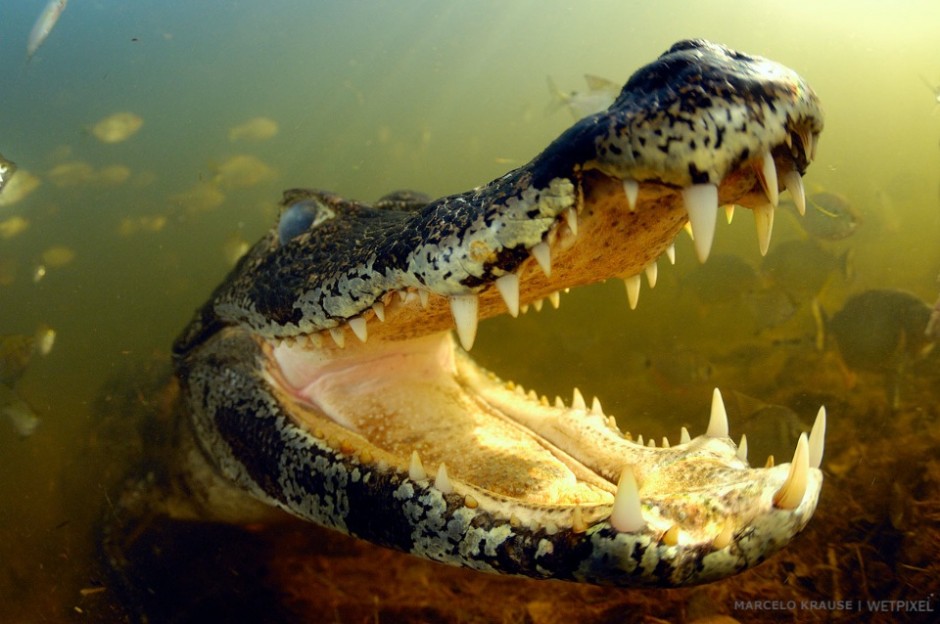
A Caiman yacare. The opportunity to photograph this caiman came when I was attracting piranhas with bait. The caiman was then attracted by the intense fish activity underwater.
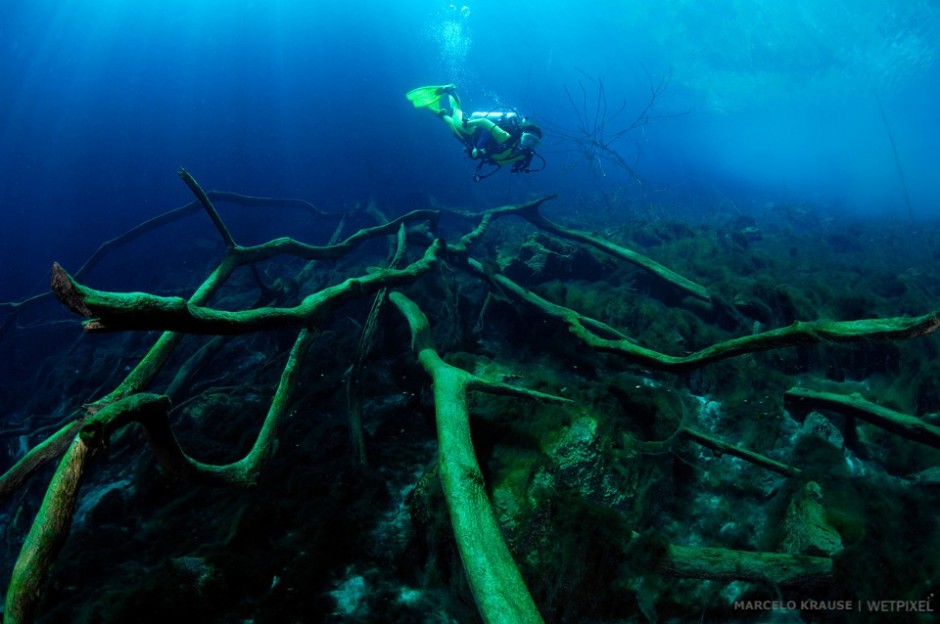
Diving at Lagoa Milagrosa (Caceres, MT), a sinkhole formed by the collapse of a cave. Divers have descended more than 650ft deep without reaching the bottom.
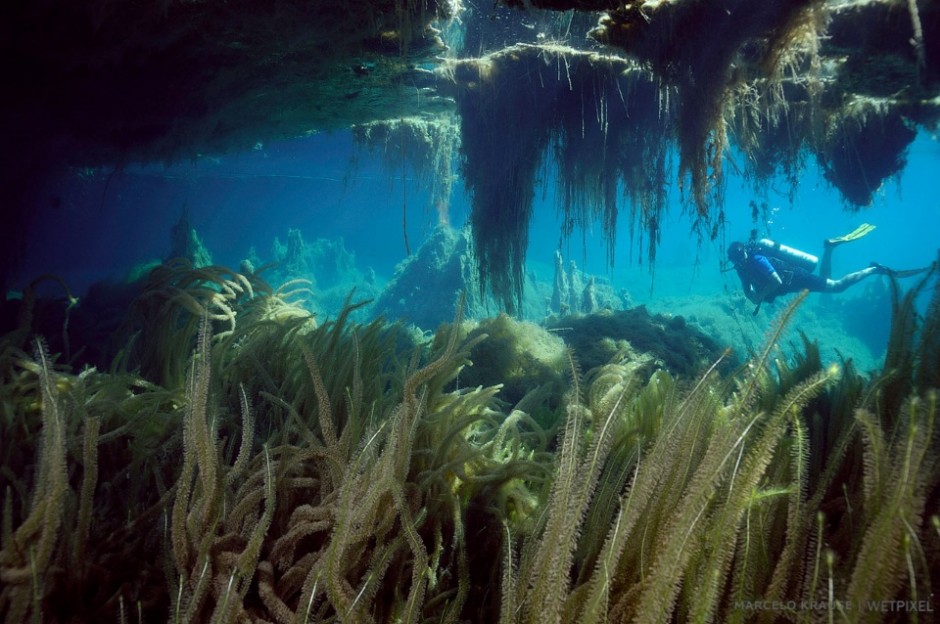
A diver explores what seems to be an underwater grotto or cave. In reality the “roof” is made of thick vegetation, with the roots almost reaching the lake bottom (Primavera de Leste, MT).
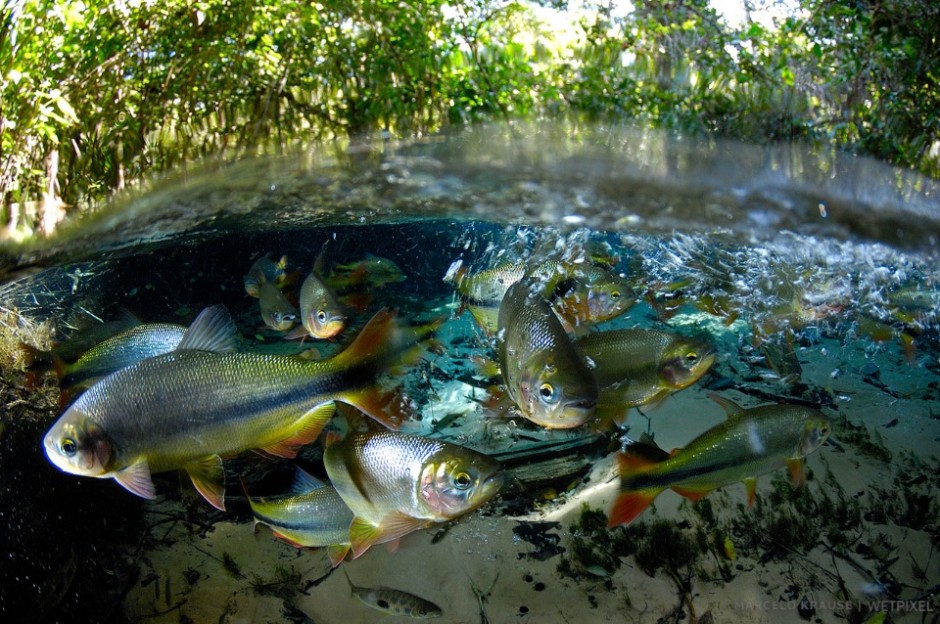
The piraputanga (Brycon microleps) is one of the most common fish of the Prata basin and can be easy seen on clear water locations.
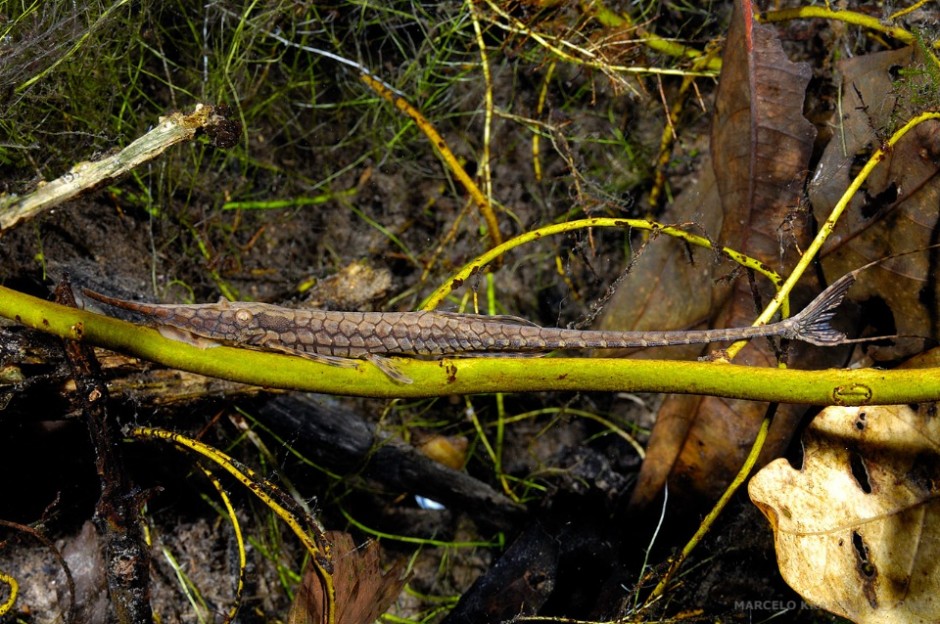
The stick catfish (Farlowella sp.) is really dificult to find. It only lives in very specific water conditions and doesn’t seem to occur in big numbers.
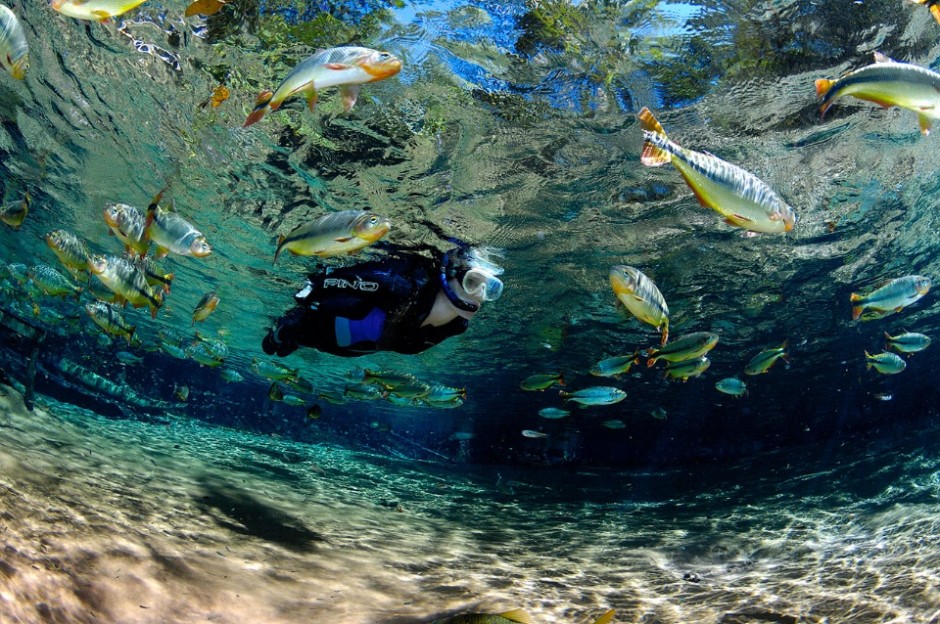
Diving in clear waters of Bonito and Nobres became major tourist attractions in Brazil.
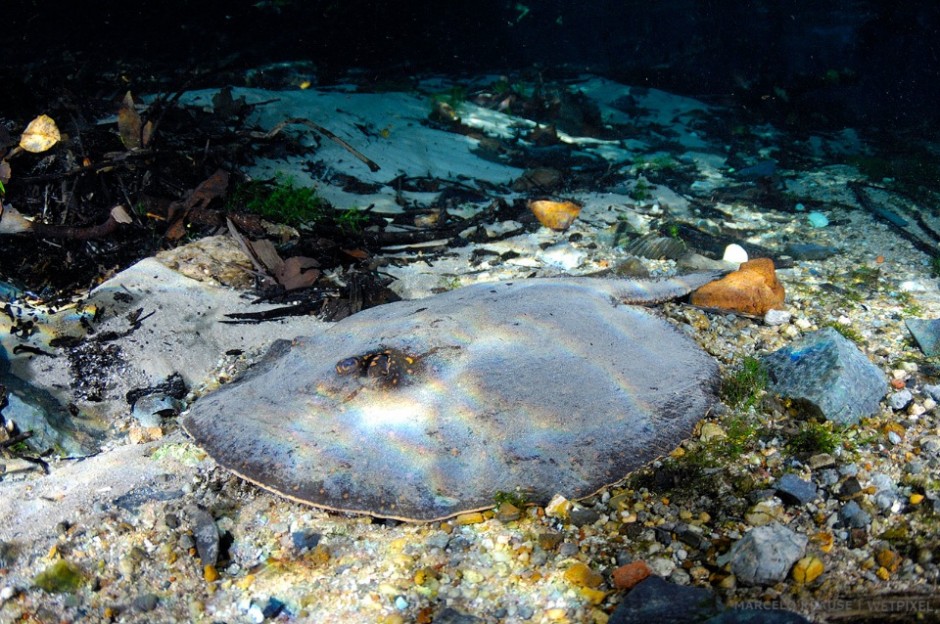
Like many of their saltwater counterparts, these stingrays (Potamotrygon motoro) also have a have venomous barbs at the base of their tails.
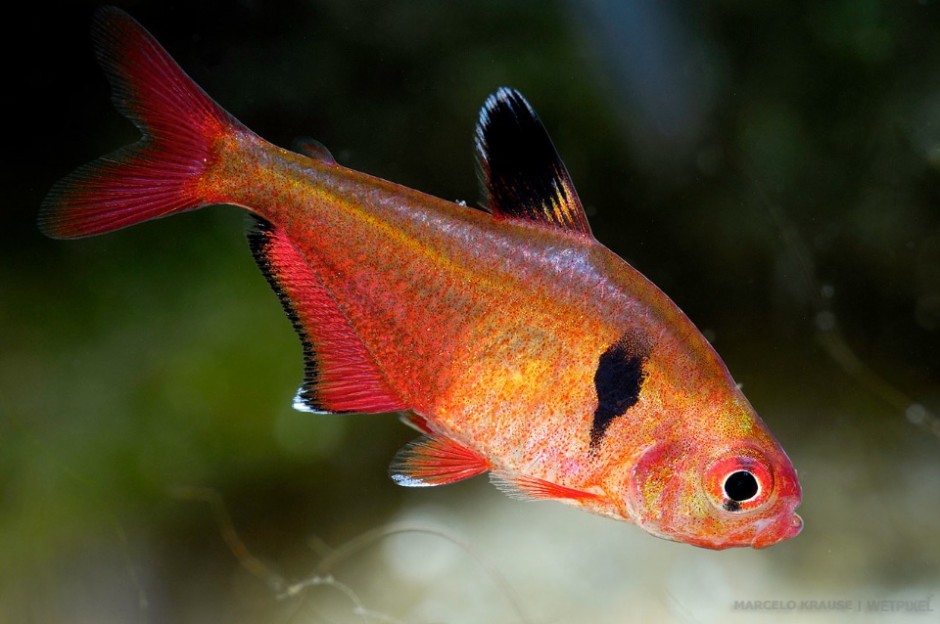
Serpae tetras (Hyphessobrycon eques) have a wide distribution range, covering almost all the Pantanal region. Their portuguese name makes reference to the state name: “Mato Grosso”.
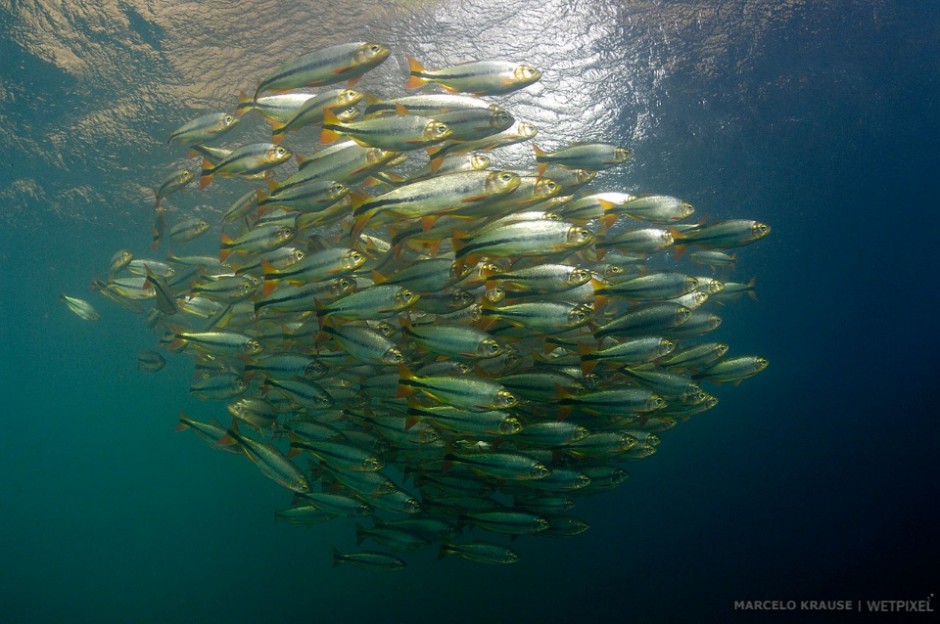
Such a compact schooling behavior of Piraputangas (Brycon microleps) is rarely seen. I have only observed in a unique site in Mato Grosso.
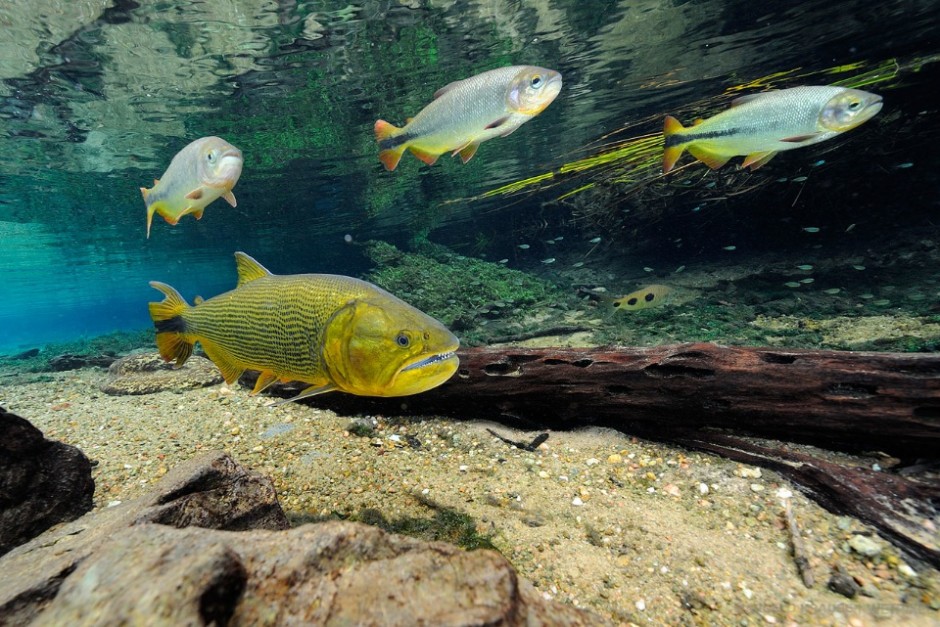
The dorado (Salminus brasiliensis) is carnivore fish often called “the river shark” because it’s aggressive behavior towards other fish.
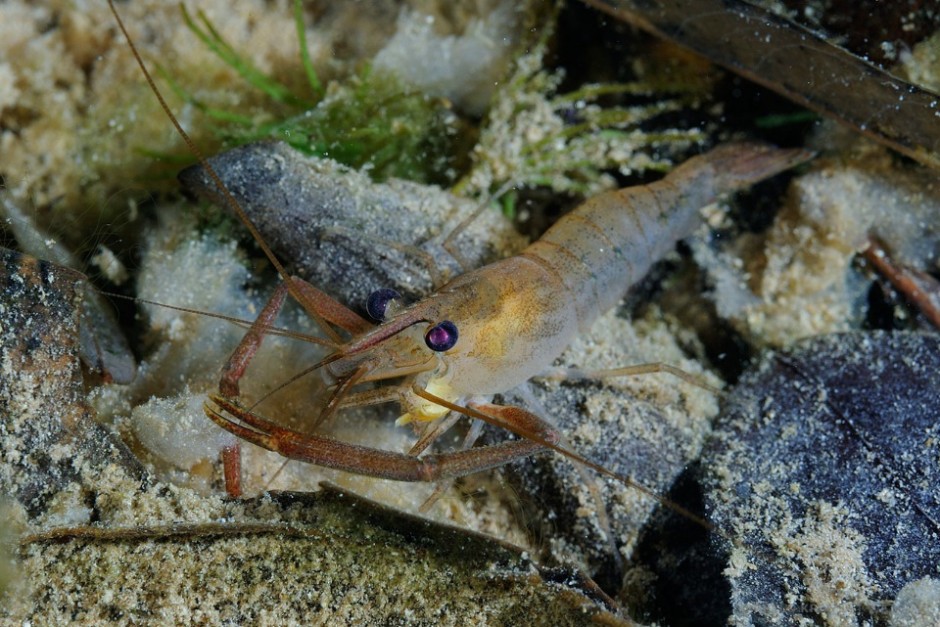
These small shrimps (Macrobrachium sp.) are rarely seen during the day. At night they come out to feed on small food particles.
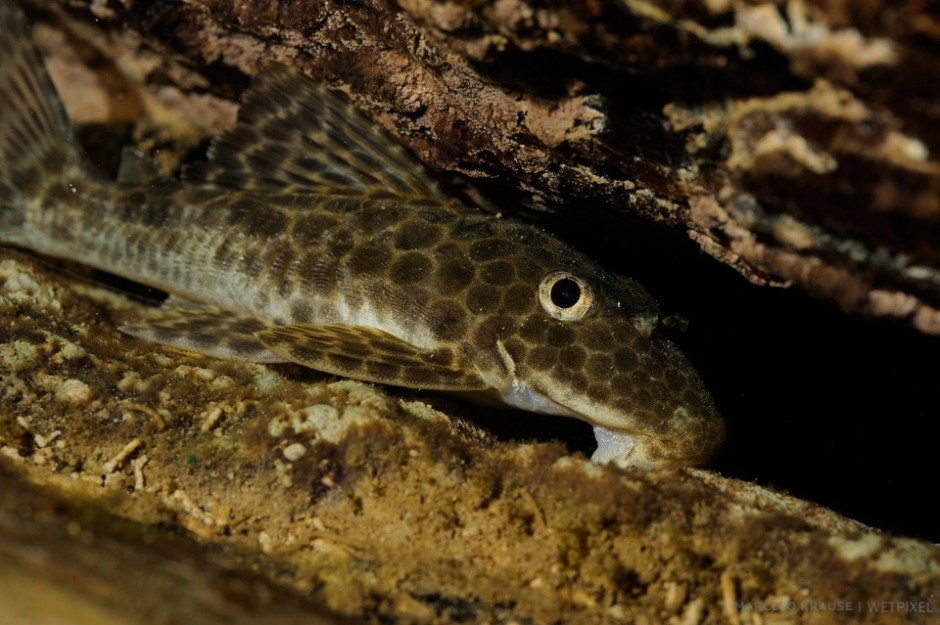
The inferior suckermouth (Hypostomus plecostomus) of the catfish is able to grasp algae and anchor the fish on the river bottom.
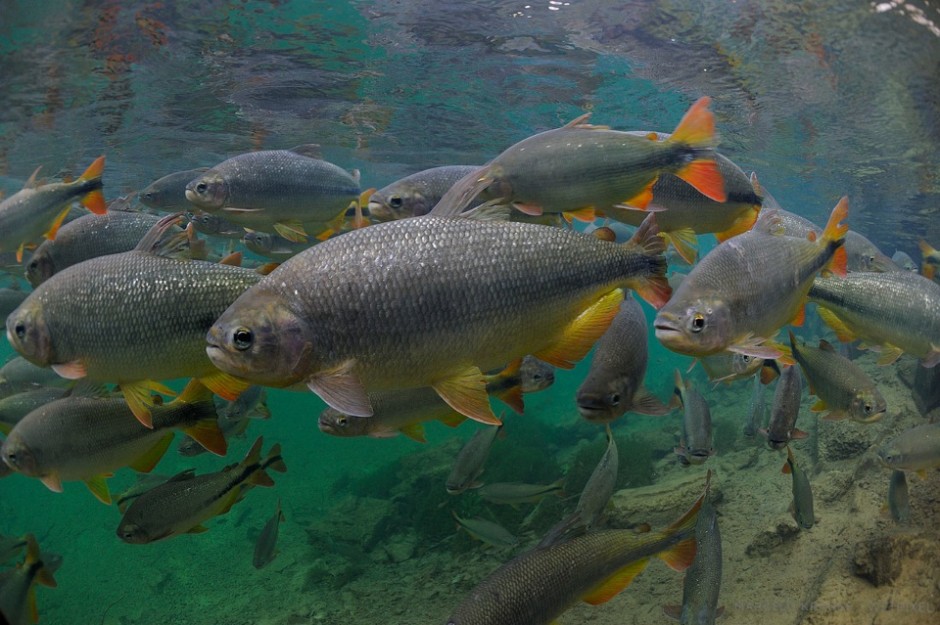
A school of Piraputangas (Brycon microleps) at Rio Formoso. They feed primarily on leaves, seeds and fruits.
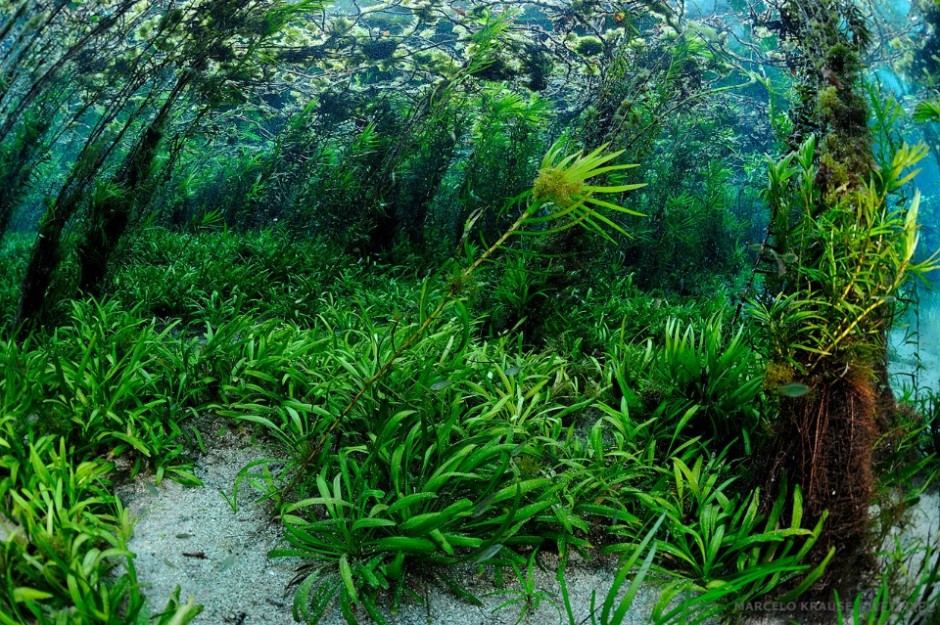
Dense underwater vegetation form beautiful underwater gardens on many rivers around Bonito, MS.
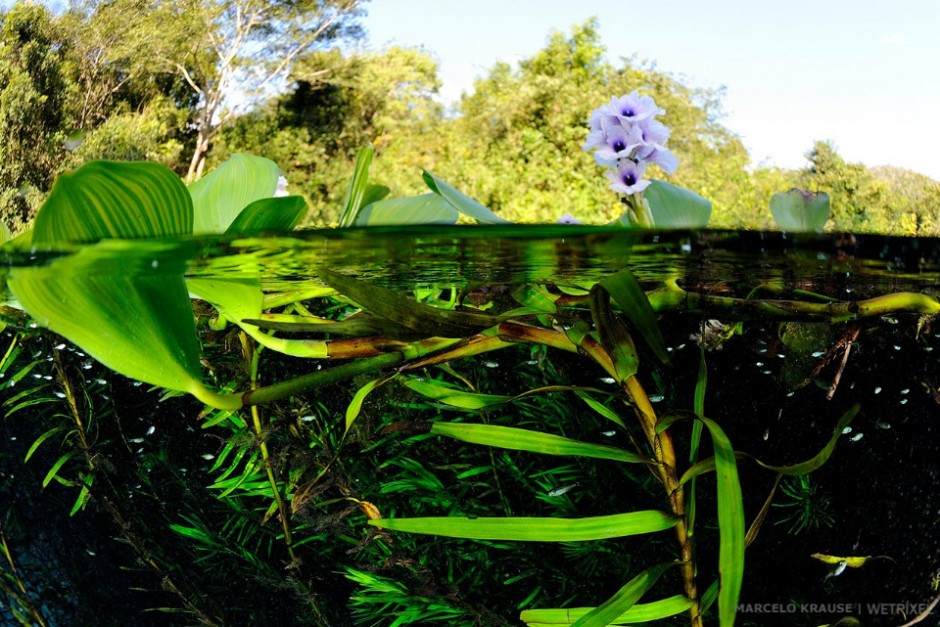
Some aquatic plants have air spaces within their tissues to keep them buoyant so that their leaves can reach the top of the body of water, in order to receive an adequate amount of sunlight (Rio Salobra).
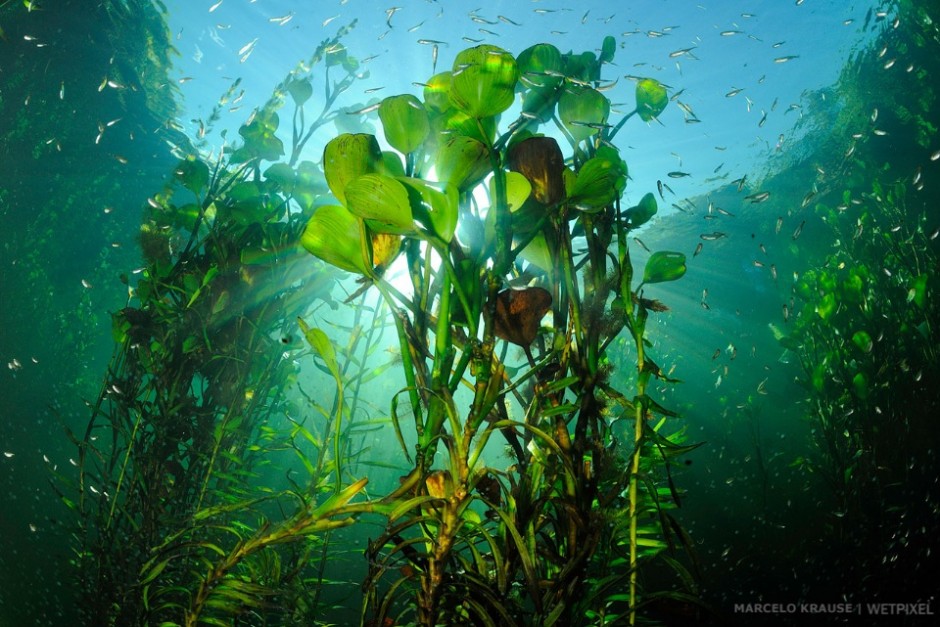
Aquatic plants have a vital role in fish reproduction as many species of fish lay their eggs on them. They also provide shelter and food for a huge variety of living creatures.
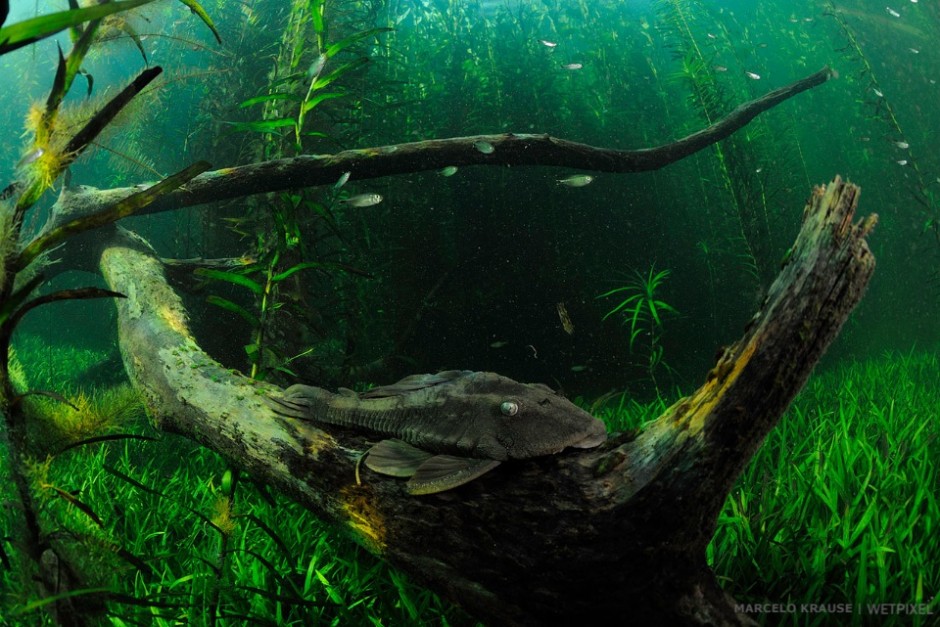
Catfish (Hypostomus sp.) are common on most freshwater habitats in South America. This species exhibit plates of armor over the body and can be found around wood pieces on the bottom.